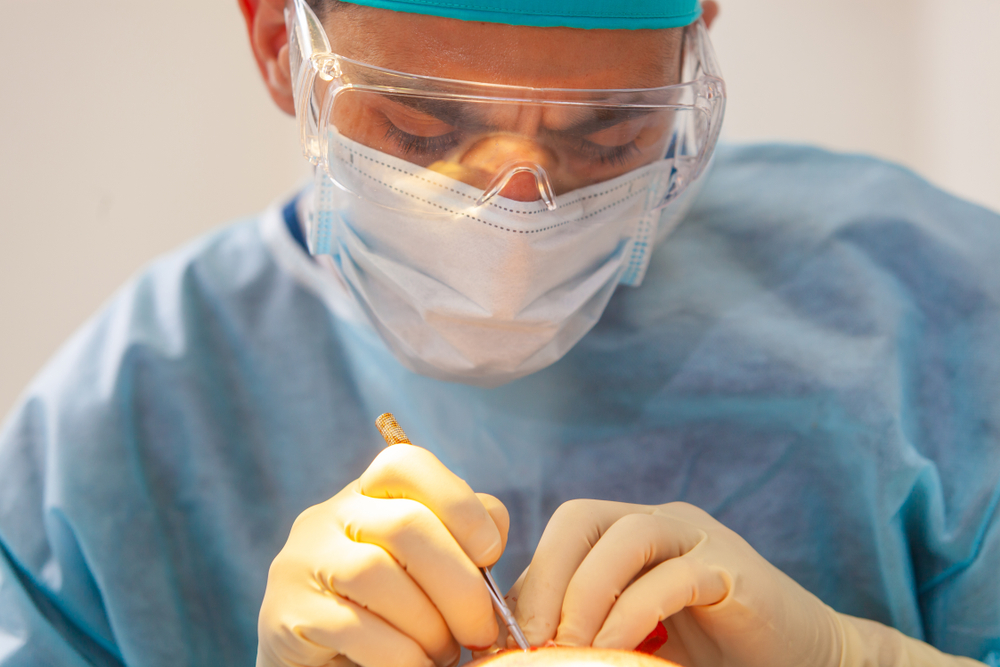Hair transplants can be highly successful when performed by skilled and experienced surgeons, but like any medical procedure, they can also fail in certain cases. The success of a hair transplant depends on various factors, and it’s important to understand that not all transplants fail.
Here are some reasons why hair transplants may not be as successful as desired in some cases…
- Inadequate donor hair supply – If there isn’t enough healthy donor hair to cover the recipient area adequately, the transplant may not achieve the desired density.
- Poor candidate selection – Factors such as the extent of hair loss, the stability of existing hair, and overall health can affect the outcome. Individuals with advanced hair loss may not have enough viable donor hair to achieve their desired results.
- Inexperienced surgeon – The skills and experience of the surgeon performing the procedure play a critical role in the success of a hair transplant. An inexperienced surgeon may make mistakes in graft extraction, placement, or angulation, leading to an unnatural appearance or poor growth.
- Unsuitable technique – The choice of technique should be based on your specific needs and the surgeon’s expertise. Using an inappropriate technique can lead to suboptimal results.
- Poor post-operative care – Its critical to take proper care of the transplanted area. Failure to follow post-operative instructions can lead to complications or graft loss.
- Graft survival – Grafts can become damaged or die during transplantation, and the survival rate of transplanted grafts can vary. Factors such as graft handling, time spent outside the body, and the method of graft preservation can affect graft survival.
- Unrealistic expectations – Patients often have high expectations for the outcome of a hair transplant. It’s important for you and your surgeon to have realistic expectations for the need of a transplant.
- Underlying medical conditions – Certain medical conditions or medications can affect the success of a hair transplant. Patients with chronic illnesses or those taking specific medications may have a higher risk of complications or suboptimal results.
- Poor graft placement – The direction and angle at which the grafts are placed are crucial for a natural-looking result. If the grafts are not aligned correctly, the transplanted hair may not grow in the right direction, leading to an unnatural appearance.
- Shock loss – It can occur in the recipient area after a transplant due to the trauma of the procedure. This is usually temporary, but it can be concerning for patients.
Consult with a qualified and experienced hair transplant surgeon to assess your individual suitability for the procedure and discuss realistic expectations. A well-planned and executed hair transplant can provide excellent results and a natural-looking appearance for individuals with hair loss.





